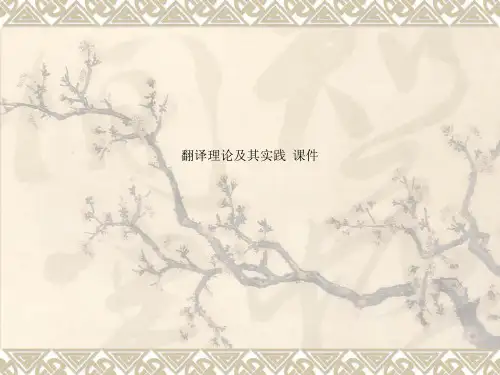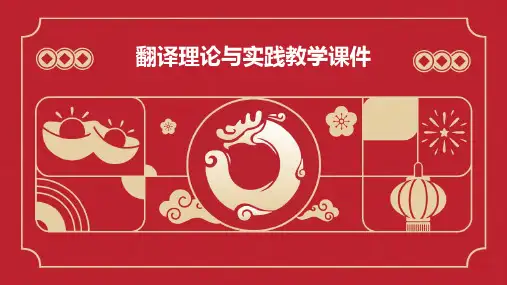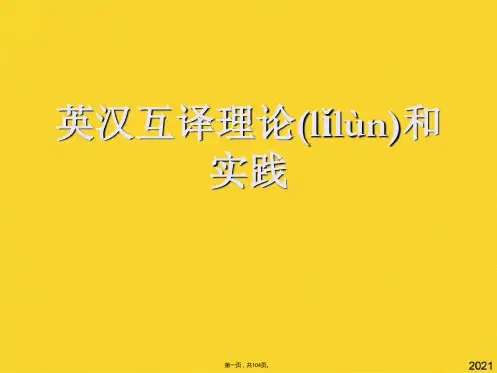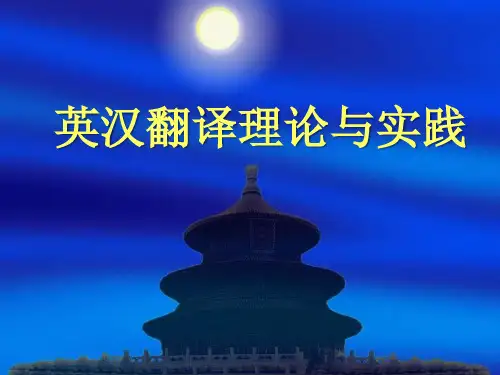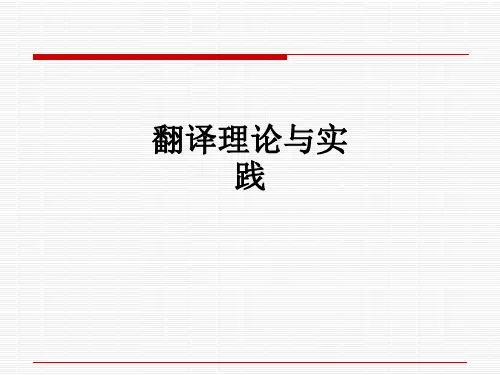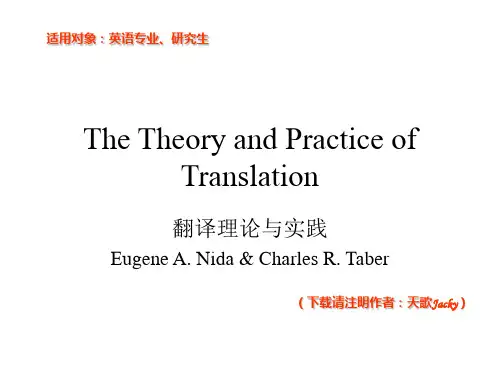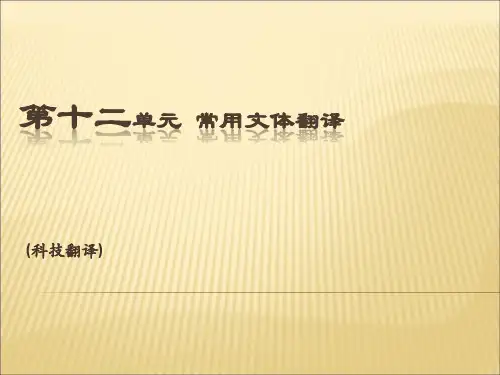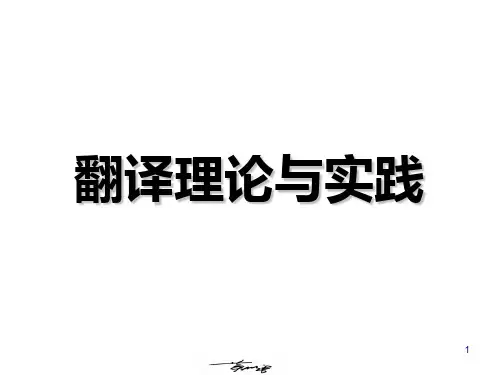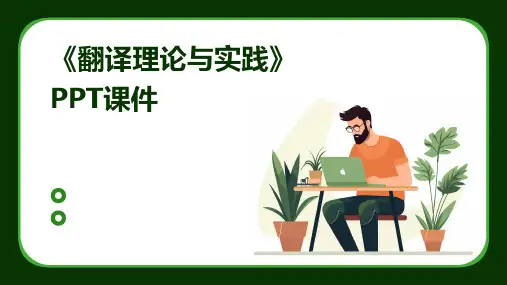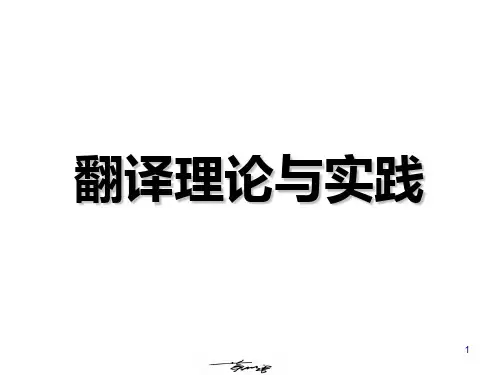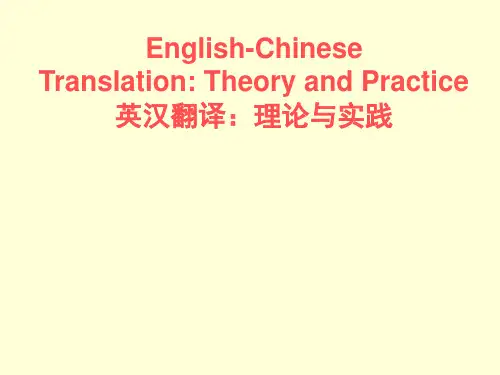• In China: • The earliest establishment of “interpreting officials” in China goes as far back as the Zhou Dynasty • There interpreting officials had, at that time, dual function: interpreting for internal and external purposes. • China is a relative newcomer; the People’s Republic of China did not start until the late 1970s. • The first such program began in Beijing after Chinese was accepted as a working language of the UN.
Section 2: The Criteria of Translation
• 玄奘: 既须求真,又须喻俗; • 严复: 译事三难:信、达、雅。求其信,已大难矣!顾信 矣,不达,虽译,犹不译也,则达尚焉 • 马建忠〈拟投翻译书院议〉(1894):善译:第一、译者 首先要对两种语言素有研究,熟知彼此的异同;第二、弄 清原文的意义、精神和语气,把它传达出来;第三、译文 与原文毫无出入,“译成之文,适如其所译” • 鲁迅:凡是翻译,必须兼顾着两面:一当然力求其易解, 一则把保存着原作的丰姿。“宁信而不顺”
A religious story:
•
• • Holy Bible –Genesis II( P11) And the whole earth was of one language, and of one speech. And it came to pass, as they journeyed from the east, that they found a plain in the land of Shi’nar; and they dwelt there. And they said one to another, Go to, let us make brick, and burn them thoroughly. And they had brick for stone, and slime had they for morter. And they said, Go to, let us build us a city and tower, whose top may reach unto heaver; and let us make us a name, lest we be scattered abroad upon the face of the whole earth.
